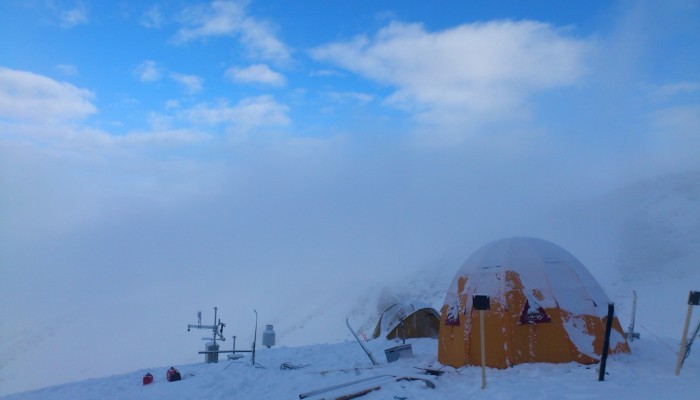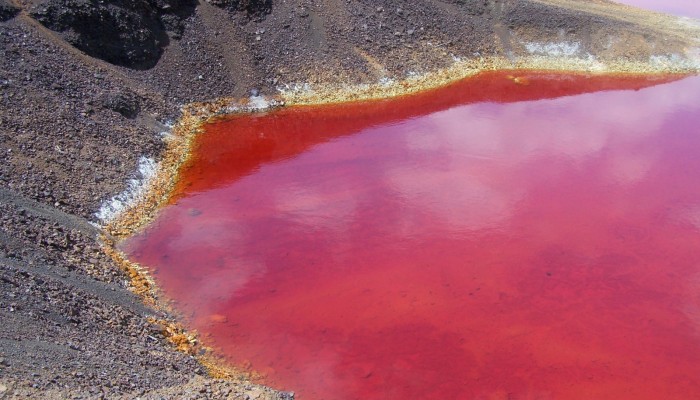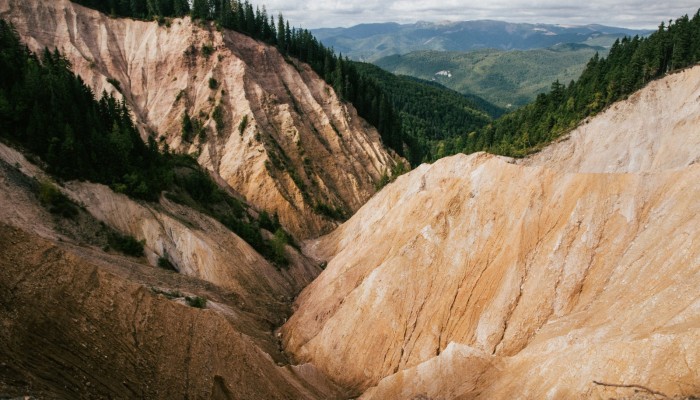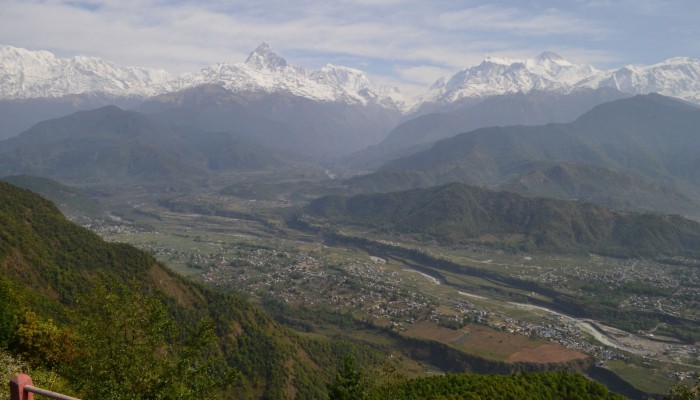Can you imagine camping atop some of the highest mountains in Europe and waking up to a view of snowcapped peaks, deep valleys and endless blue skies? This paints an idyllic picture; field work definitely takes Earth scientists to some of the most beautiful corners of the planet. But, there often are two sides to one story. Kaspar Merz and André Nuber, researchers at ETH Zurich, who took today’s f ...[Read More]
GeoLog
GeoPolicy: Assessing environmental and social impact – applying policy in big industry
Former EGU Science Communications Fellow Edvard Glücksman is our second guest blogger for the newly established EGUPolicy column. Edvard is a Senior Environmental & Social Specialist at the UK-based consultancy Wardell Armstrong and an External Stakeholder Affiliate at the University of Exeter. He describes his work along the research-policy-industry interface. The collapse of a wastewater dam ...[Read More]
Seismology
Consider this: Take your career one step further
Early Career Scientist representative for the Seismology Division Why not take your career one step further? The Seismology Division within the European Geosciences Union is looking for an enthusiastic person to take the role of Early Career Scientist representative for the young generation of seismologists. Making awesome science is very important, but the scientific community does not only need ...[Read More]
GeoLog
Imaggeo on Mondays: The Groapa Ruginoasa
The Apuseni National Park, in Romania, is a geoscientists paradise. This 187,000 acre Park in the Western Carpathians boasts caves, deep valleys and gorges, karst landscapes, rocky steep walls and underground watercourses. The sheer beauty of the landscape is captured in today’s Imaggeo on Mondays image featuring the Groapa Ruginoasa, a deep sandstone ravine. “Locality names of morphol ...[Read More]
GeoLog
Geosciences Column: An international effort to understand the hazard risk posed by Nepal’s 2015 Gorkha earthquake
Nine months ago the ground in Nepal shook, and it shook hard: on April 25th 2015 the M7.8 Gorkha earthquake struck and was followed by some 250 aftershocks, five of which were greater than M 6.0. The devastation left behind in the aftermath of such an event, and how to coordinate disaster-relief efforts in a vast, mountainous region, is difficult to imagine. Yet, this December at the 2015 AGU Fall ...[Read More]
Cryospheric Sciences
Image of the Week — Happy ValentICE’s day
On the eve of 14 February, love and little hearts are everywhere, even trapped in lake ice! The EGU Cryosphere blog team wishes you a happy Valentine’s Day :-) Behind this nice picture, there is also science This picture was taken during a laboratory experiment that aimed to reproduce the bubbles observed in Arctic lake ice in the winter. In this shot, we can see two types of gas bubbles in ...[Read More]
GeoLog
GeoTalk: Roelof Rietbroek, Early Career Scientist Representative
In addition to the usual GeoTalk interviews, were we highlight the work and achievements of early career researchers, over the next few months we’ll be introducing the Division early career scientist representatives (ECS). They are responsible for ensuring that the voice of EGU ECS membership is heard. From organising short courses during the General Assembly, through to running Division Blogs and ...[Read More]
Seismology
The publication circle
In this and upcoming posts guest writer Kathrin Spieker will share her thoughts and experience about how to improve writing skills specifically aimed for publishing in scientific journals. Kathrin is a young seismologist who has recently started publishing her research as part of her PhD study. In this little series, I will talk about the three main parts of scientific publication. The first part ...[Read More]
GeoLog
Imaggeo on Mondays: Three coloured pools
With the Imaggeo Photo Contest opening last week, what better than feature one of the 2015 competition finalists as this week’s Imaggeo on Mondays image. In this post, Irene Angeluccetti, author of the photograph, writes about the threatened ecosystem of Mono Lake. If you’ve been inspired by Irene’s photograph, why not entre the photo contest for your chance to win a free registration to the Gener ...[Read More]
Soil System Sciences
Science results: special issues derived from EGU-Soil System Science sessions
The impact of the oral, poster and PICO presentations of the Soil System Sciences Division of the EGU is greater and greater. Because of the relevance of research results, conveners and contributors often decide to promote the publication of journal special issues. This list is a compilation (probably not complete) of some of these special issues published in scientific journals, with links to the ...[Read More]










